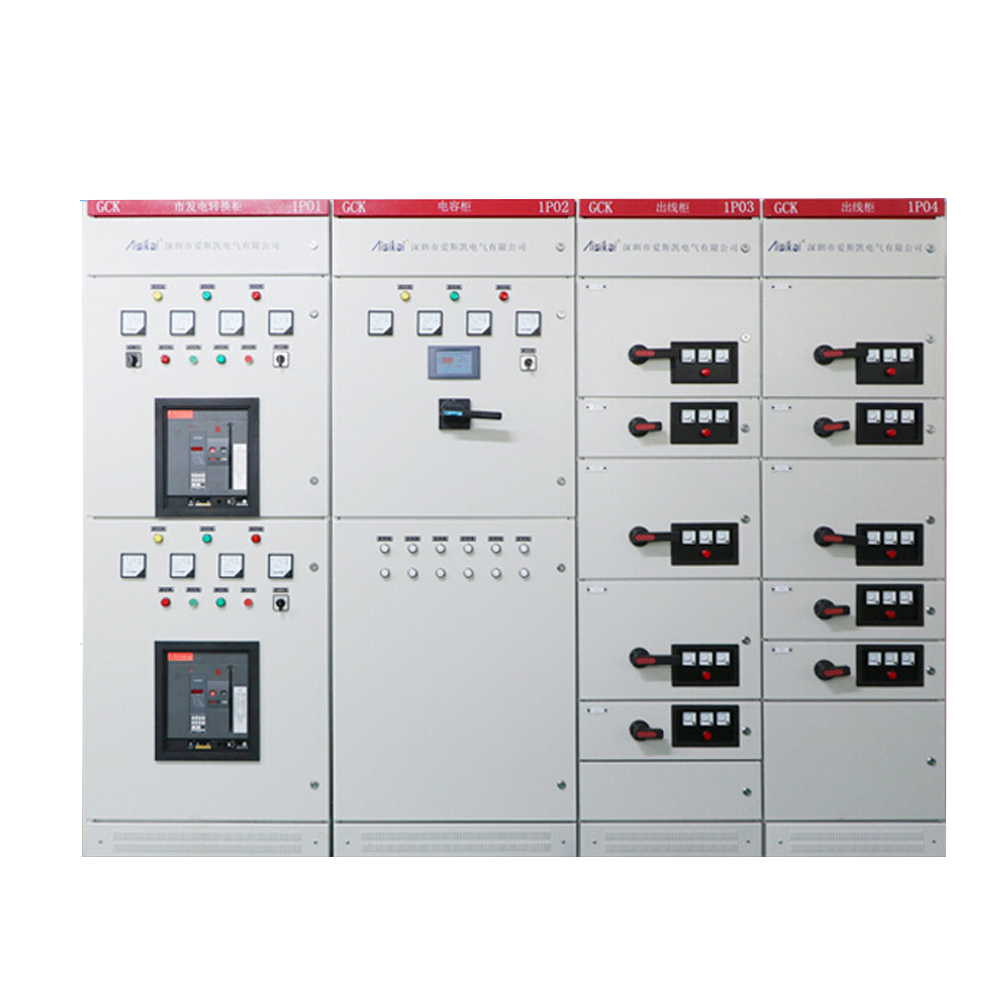Even if you aren’t a tube aficionado, you can’t help but be mesmerized by the blue glow inside a mercury vapor rectifier when it operates. It looks less like early 20th century tech and more like something that belongs on a Star Trek set. [Uniservo] acquired an 866 rectifier that was interesting due to the markings, which he explains in detail in the video below. Most people though will probably want to skip to closer to its end to see that distinctive blue glow. The exact hue depends on the mercury vapor pressure and usually contains a fair amount of ultraviolet light.
These tubes have an interesting history dating back to 1901, the year [Peter Cooper Hewitt] developed a mercury vapor light which was much more efficient than conventional bulbs. They had two main problems, they required some special process to get the mercury inside to vaporize when you turned them on, but worse still, the light was blue-green which isn’t really appropriate for home and office lighting. In 1902 though, [Hewitt] realized the tube would act as a rectifier. Electrons could readily flow out of the mercury vapor that was the cathode, while the carbon anodes didn’t give up electrons as readily. This was important because up until then, there wasn’t an easy way to convert AC to DC. The usual method was to use an AC motor coupled to a DC generator or a similar mechanical arrangement known as a rotary converter. High Voltage Air Break Switch

In later decades the mercury vapor lamp would wind up with a phosphor coating that converted the ultraviolet light to cool white light and became the fluorescent bulb, so while the rectifier mostly gave way to more efficient methods, [Hewitt’s] bulb has been in use for many years.
We’ve talked about the history of diodes and rectifiers before. If you don’t mind handling mercury, maybe you can try building your own.
The stuff they had to come up with before there were 12 cent rectifiers…
Indeed. It’s fascinating to hear about old electronic parts/systems like this and wonder if I’ll ever come across such equipment…..or ever find myself in a situation where such a system has to be repaired 0_0;;
Great if you need to rectify lots of current and high voltage. There are also multiarm versions that look a little octopus like. Beauty and simplicity as well as function.
https://news.softpedia.com/images/news2/How-Mercury-Arc-Valve-Rectifiers-Work-2.jpg
Imitating Crocodile Dundee: “That’s not a Mercury Arc Rectifier. THAT’S a Mercury Arc Rectifier.”
The big ones were used for things like electric trains. They were replaced by Selenium rectifiers first, and other semiconductors later.
thank you for the train mention. i’ve been wondering for a few years where i saw these; they were featured in an old/abandoned underground train system video+photos. (Subterranea Britannica)
The New Haven Railroad in the USA had the EP-5 “Jet” (1954) which used the MAR to convert the cantenary AC to DC for the traction motors. While they could accelerate quickly and could pull like mules they had an unfortunate tendency to catch fire. Their numbers dwindled over the years and after the Penn Central – Conrail merger the few remaining units were retired. https://en.wikipedia.org/wiki/New_Haven_EP-5
Isn’t selenium rectifier a semiconductor device too?
That’s why I said “other” semiconductors. :-)
There’s the lovely blue octopus I was looking for. I remember finding one of these inside a cabinet deep in the NYC subway system when I was younger. It was still running. They didn’t update the electrics for the subway for a long time.
Probably it’s gone by now, though.
Event north awesome as video: https://youtu.be/yjMZ5qtyCUc
And auto correct in Swedish….
The ‘purple haze’ of these rectifiers were always nice to see. For real power and control you should look up Thyratron and Ignitron the predecessor to the SCR
First, fix the important stuff this is an 866 NOT A 886.
I knew these well and also many of their big cousin the 8008 (And 572B version).
I was rousted out of bed 2 or 3 times in 20 years when some in-a-hurry broadcaster didn’t let the Mercury Vapor Rectifiers warm up the obligatory 5 to 10 minutes and they “arced back” AKA “NOT Rectifying, just sorting out” and dropped out the plate circuit circuit breaker. 15 mile trip at 5AM to reset that.
Some stations set the remote control so the filaments could NEVER be turned off after that midnight sign-off.
About 1964 I built one of the first silicon rectifier replacements for an RCA BTA1R 1000W transmitter. Of course I butchered two 8008’s and recovered their base socket and plate cap, which I wired to the string of silicon rectifiers with spark plug wire. SO, I could just plug 8008’s back in if necessary. However that never happened!
I still have 866’s and 8008’s in a box in the barn…
If you don’t mind me asking, how long did tubes like those usually last in the field?
not mercury vapor, but i recently sold a NOS AZ1 rectifier tube to some guy with an amplifier as spare. the amp is in use for over 20 years. so they last a veeeeeery long time. dont be fooled by “low emission” outputs on tube testers, as they hardly manage to test the tube to full spec. most show only 60-70% on new tubes. in case of mercury rectifiers…. im quite sure there are still some in operation around the globe.
AZ1 was really robust. Once I applied 12 V to the filament (rated for 4V I believe) and it glowed for 10 seconds before it burned up.
(I was a kid then …)
I had a “portable” tube radio that used an 0Z4 tube, I think it was a cold cathode rectifier that also glowed purple/bluish.
I recall these being used in AM transmitters in the 1960’s and 1970’s. I worked at radio stations and don’t recall them being replaced once over many years. The more-typical triode tubes used in the transmitter’s power amplifiers would be replaced every year or two.
Cool. We had a heavy chassis on wheels with a pair of them to drive lab electromagnets. I had forgotten about the warmup. I spent many hours as a kid fiddling with a Ford coil, a Lionel transformer, and any kind of bulb or tube. The mercury bulbs that were in every washing machine at the time were quite fascinating.
There were banks of these at radio Australia’s Shepparton transmitter site where I worked up to 30+ years ago. The arc backs were “entertaining”. These rectifiers supplied 12KV at 12Amps for the 100KW AM transmitters. And we too built silicon rectifier stacks to replace them. It is amazing what you can make burn with enough volts ;) One memory I have is of a bird getting into the transmitter hall. We all tried to catch it but it flew into transmitter one. (The transmitters were open at the top). There was a loud burst of program as the bird produced an arc, then the transmitter shut down. Amazingly, the poor bird flew out and there is this image forever burnt into my memory of it flying down the transmitter hall, loosing altitude and trailing smoke! I picked it up and placed it outside in the garden and later it was gone. I don’t know if it survived or was a part cooked meal for a cat.
I managed to destroy one of these in an electronics lab class. I can’t remember what I did wrong now, but I do remember the instructor saying that a little knowledge is a dangerous thing.
I’ve got a box of mercury containing tubes that I would like to sell. The issue is how to transport them legally. Some Chinese ebay sites sell mercury switches, which I’m sure they just put in the mail. (I’ve also got dozens of mercury tilt switches.)
i was dangerous goods expert at the local airport… especially there mercury transport via air is a BIG problem, as mercury is next to impossible to cleanup, and dissolves (amalgamates) the precious aircraft aluminium. still if proper packaged and labelled it should be ok (at an extra price…). best ask your local transport agent, dont simply stuff it in the postage.
Neat. My first thought was to wonder if one of these could be a plug-in substitute for the common type 80. Seeing that it has a grid cap I am guessing not.
Just wondering if there were ever and documented advantages of say an 83 over a similar sized regular rectifier like a 5U4..nsheats@ao.com
A 12 phase(6 phase full wave derived from a 3 phase supply and mixing transformer) was used in the Type 80 radar. It was referred to as the meekon after the alian with a head the same shape as the globe section in the space serial Dan Dare the Eagle commic.
I trained on the Radar T80 in 1978 at Locking.
Please be kind and respectful to help make the comments section excellent. (Comment Policy)
This site uses Akismet to reduce spam. Learn how your comment data is processed.

Sf6 Load Interrupter By using our website and services, you expressly agree to the placement of our performance, functionality and advertising cookies. Learn more